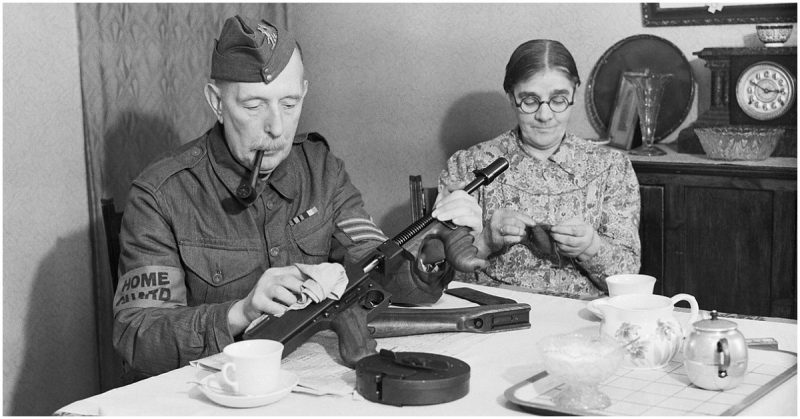Over the course of the war, the Home Guard would gradually become a better equipped and better-trained army of 1.7 million men.
The image of the Home Guard is commonly linked to the British TV show Dad’s Army. The sitcom puts forward the image of the volunteer force not being of much use if there was an actual German invasion.
However, is this the real story? What is the truth of the Home Guard, and how did it come about?
The Home Guard was considered the last line of defense for Britain during WWII. The idea of an armed and organized volunteer army ready to repel an invasion seems sound, but the reality was far from it. Many of the chaotic undertones of the show Dad’s Army had moorings in the real history of the force.
May 14, 1940, is considered the day the Home Guard started. This was the date when the Secretary of War, Anthony Eden, broadcast an appeal to the nation. The appeal was put out on the radio and called for all men between the ages of 17 and 65 to enroll in the Local Defence Volunteers (LDV).
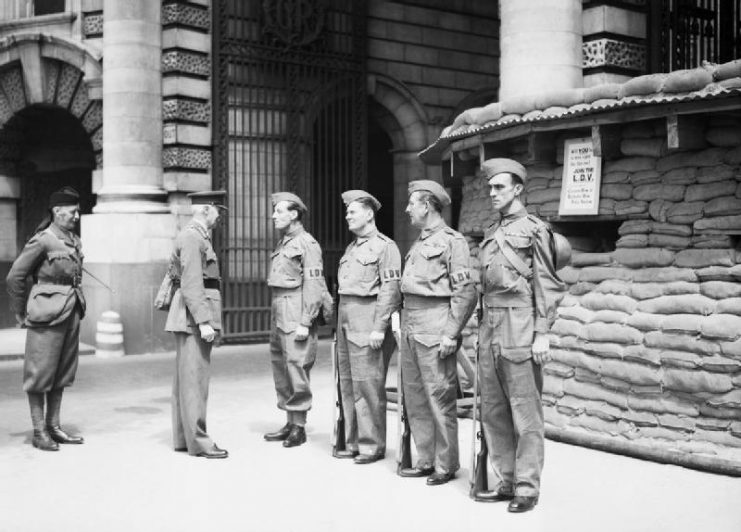
The government had not shown much enthusiasm for a volunteer force in the past. They did not want to allow ordinary citizens to take matters into their own hands and out of the authority of the Army and police. However, along the coast of England, militias were starting to form which led them to rethink their policy.
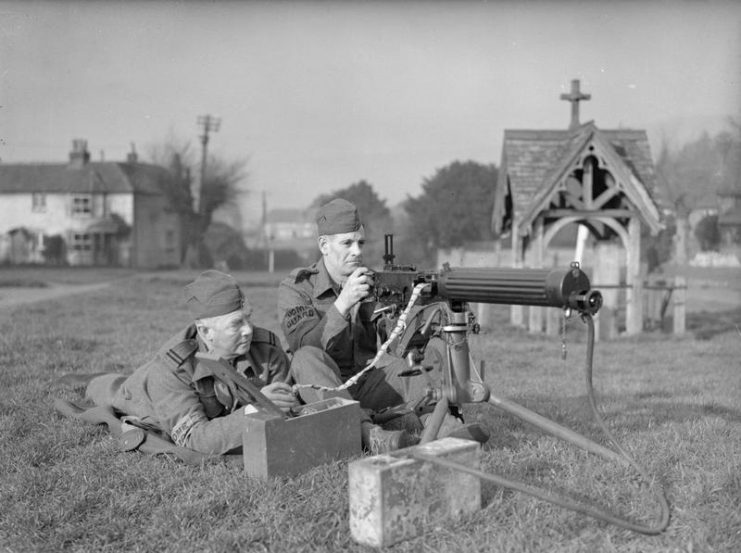
By the end of July 1940, over one million men had volunteered for the LDV. In the first 24 hours, 250,000 men alone registered their interest. With the large numbers signing up, the name of the LDV was changed to something more inspiring: the Home Guard.
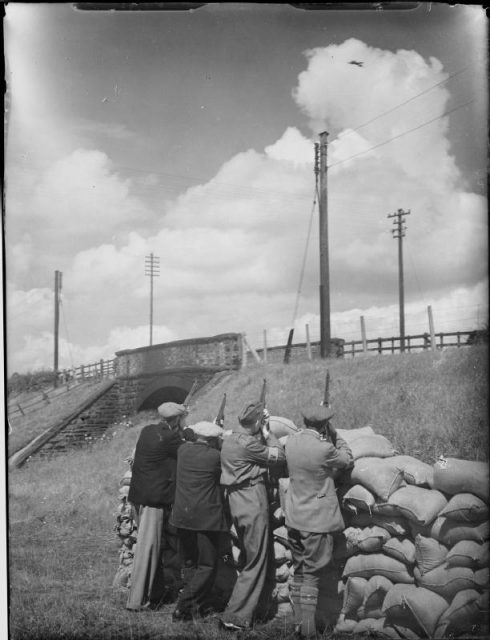
The men volunteering for the Home Guard were those unable to join the regular army. They were either too young, too old, or working in reserved occupations. While the age for the volunteers was meant to be 17 to 65, this was not strongly enforced with many older soldiers joining.
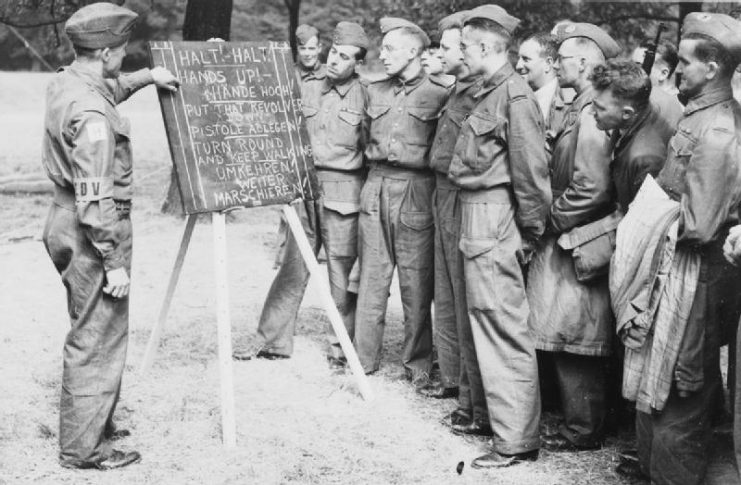
The initial Home Guard was a disorganized militia. The LDV was launched without any support personnel, funds or a building from which to operate. The broadcast by Eden had told those interested to register at the police station closest to them, but no further details were given out.
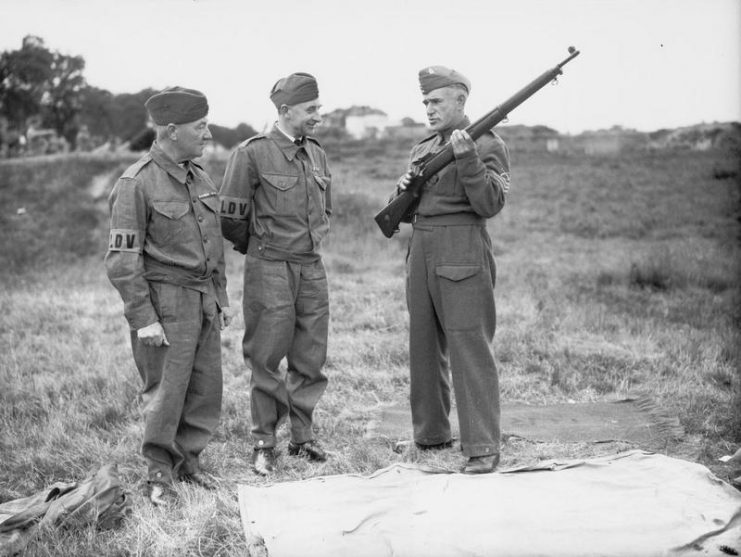
Initially, the Home Guard was a hive of improvisation. While the volunteers were provided with military-style training, they did not have any uniforms and very little equipment. This led to the members of the Home Guard using any weapon they could find from knives and brooms to pitchforks and hunting rifles.
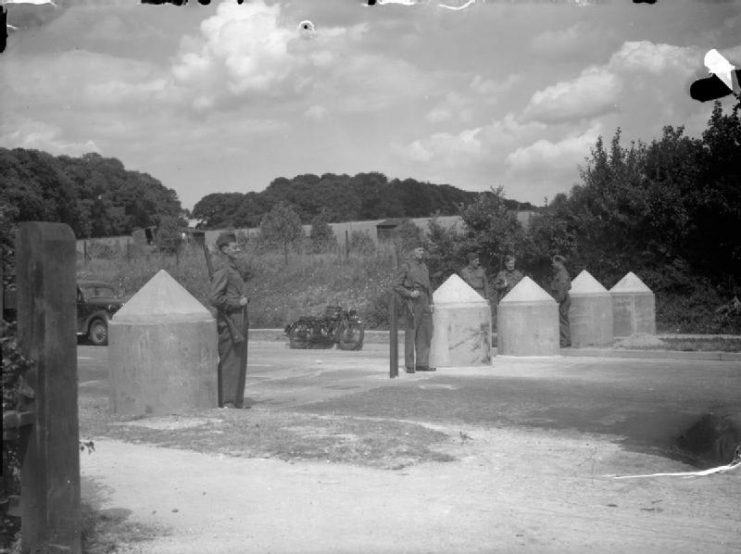
Other makeshift weapons were used by the Home Guard in the early days. Pouches of pepper were carried by volunteers, as were homemade grenades which had been created by filling milk bottles and tins with nut, bolts, and petrol.
By way of a uniform, all volunteers were given to wear as a form of identification was an armband.
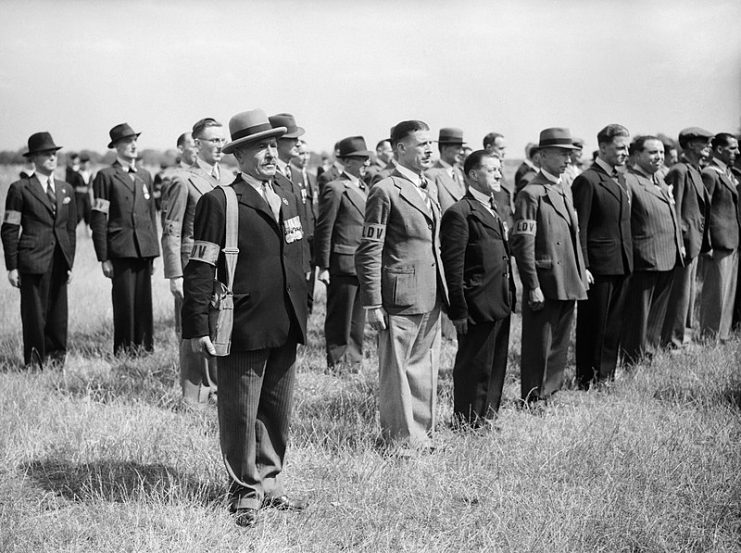
The War Office eventually provided a modest supply of rifles for the Home Guard along with denim uniforms. The weapons were not enough for the entire organization, so members of the public were asked to donate their guns.
Within a few months, the Home Guard had been provided with 20,000 weapons from the public.
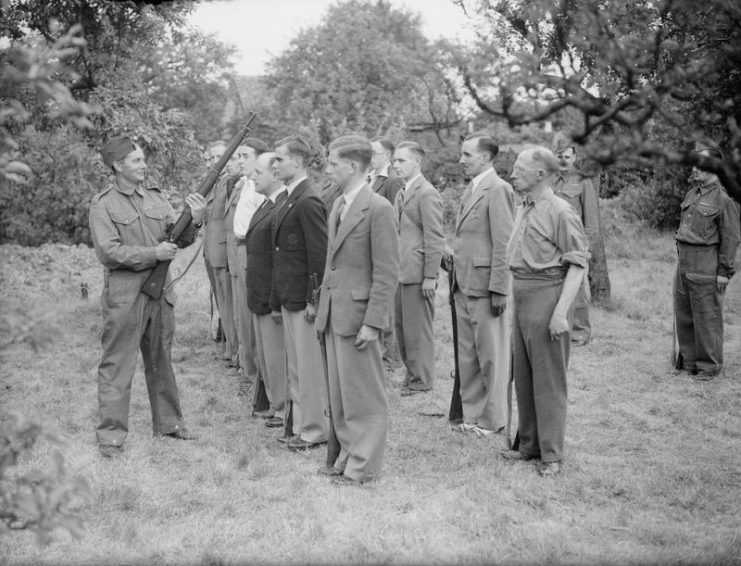
Eventually, the shortage of weapons was overcome by imports from America and Canada. WWI-era rifles began to arrive in the summer, and the War Office supplied other cheaply-made devices such as Sten guns.
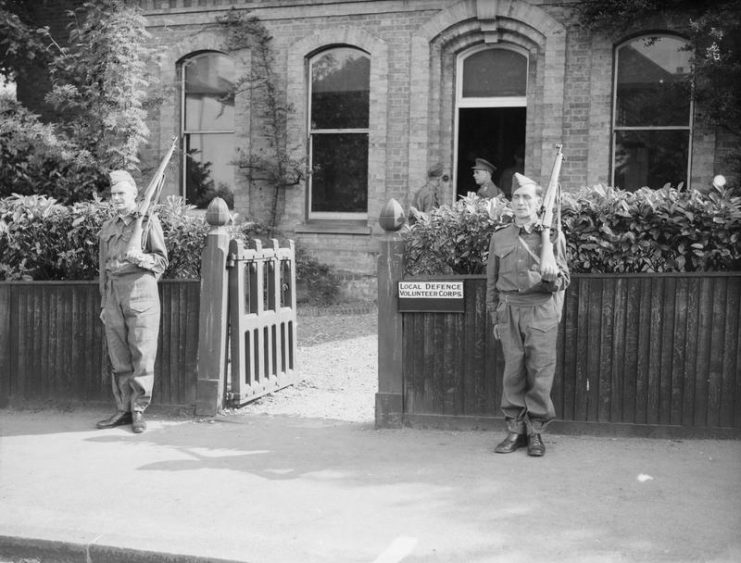
Over the course of the war, the Home Guard would gradually become a better equipped and better-trained army of 1.7 million men.
The driving force behind the improvement of the Home Guard was Winston Churchill. The Prime Minister was the one who saw to it that the volunteers received proper military training. He was also responsible for establishing a proper structure in terms of administration.
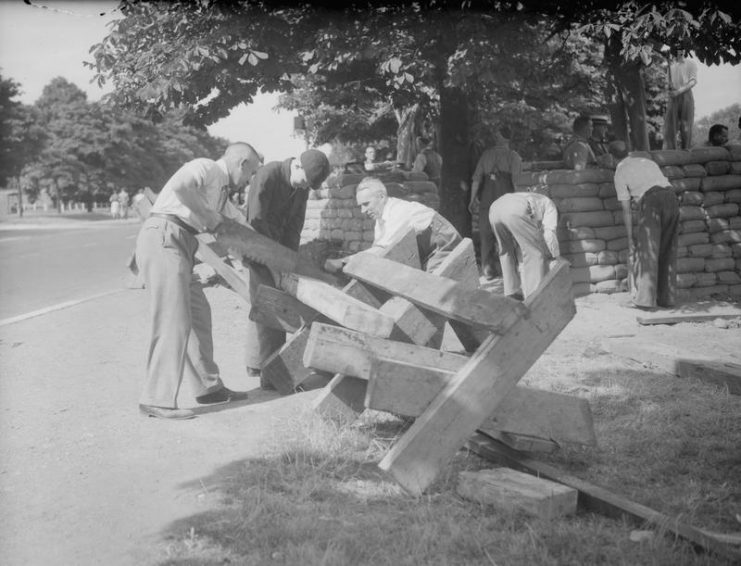
The push from Churchill did not help the relationship between the War Office and the Home Guard. This continued to be contentious throughout the war. The first Army man to supervise the Home Guard was Lieutenant-General Sir Henry Pownall, and he stated that they were troublesome.
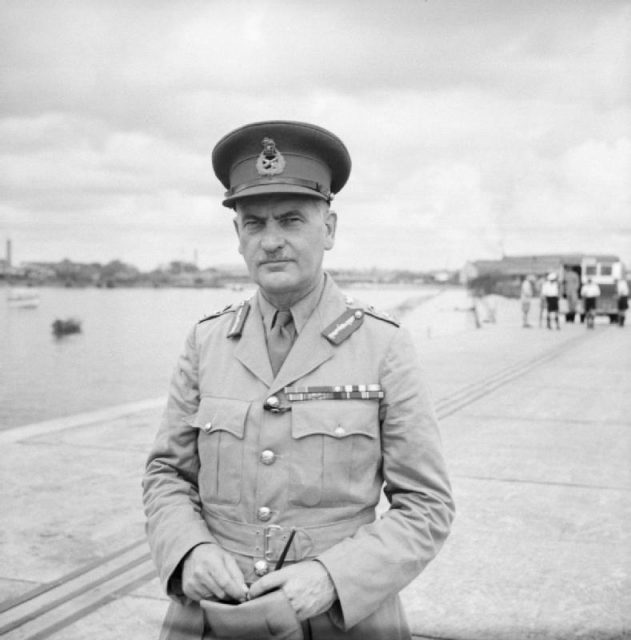
Pownall felt that as the Home Guard were voters first and soldiers second, and that they would eventually get what they wanted if they said it loudly enough — particularly as the members had the ear of the Prime Minister and were able to request better equipment and instruction.
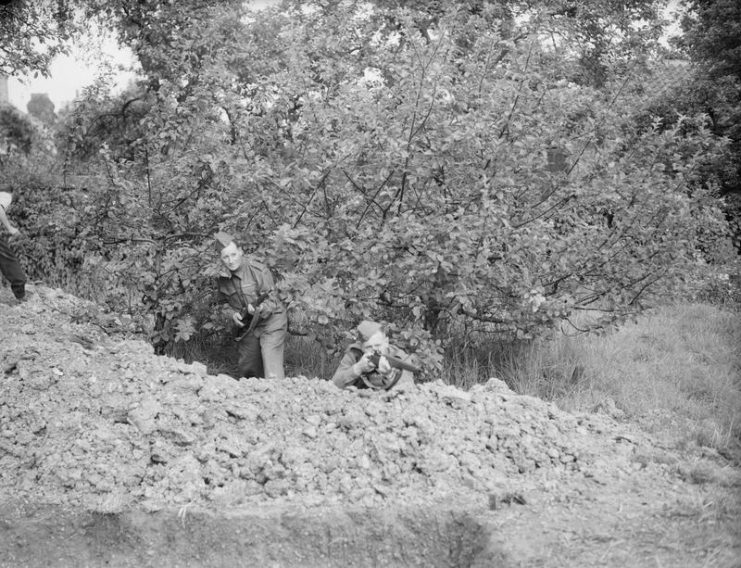
This bad relationship did not stop the Home Guard from being given serious responsibility.
The Home Guard was responsible for defending key targets in the country from possible attack. This included factories, beaches, and explosive stores. At night, the volunteer force would patrol fields where enemy gilders and paratroopers might land.
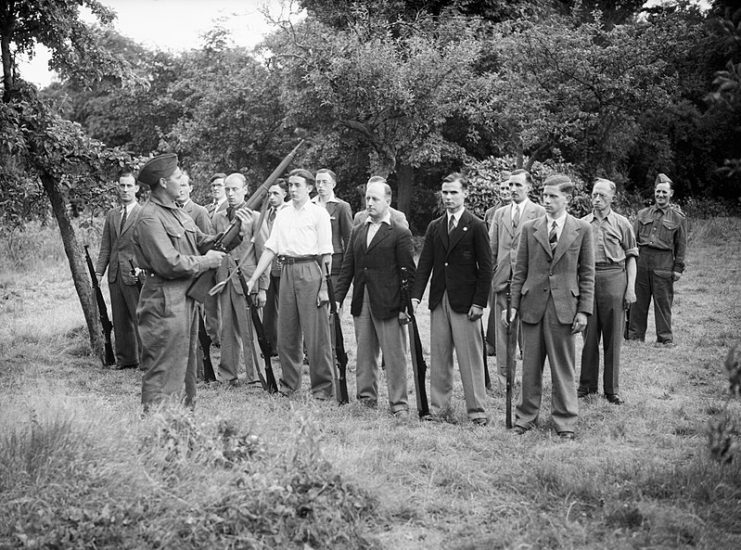
While the Home Guard was never expected to beat the German forces, they were meant to hold them off until the actual army arrived.
During the war, the Home Guard would lose 1,206 members while on duty. These members perished during air attacks or passed away from the injuries they sustained.
Read another story from us: Bombs,Bullets and Beer-The British Brew Barge of WWII
Read more…
In 1943, it was becoming evident that a German invasion of Britain was unlikely. The members of the Home Guard started to feel that there was little purpose to their continued service. Absenteeism was becoming more common.
Consequently, in 1944, the Home Guard was stood down. It was officially disbanded at the end of 1945, although its decline had started in the years before.
